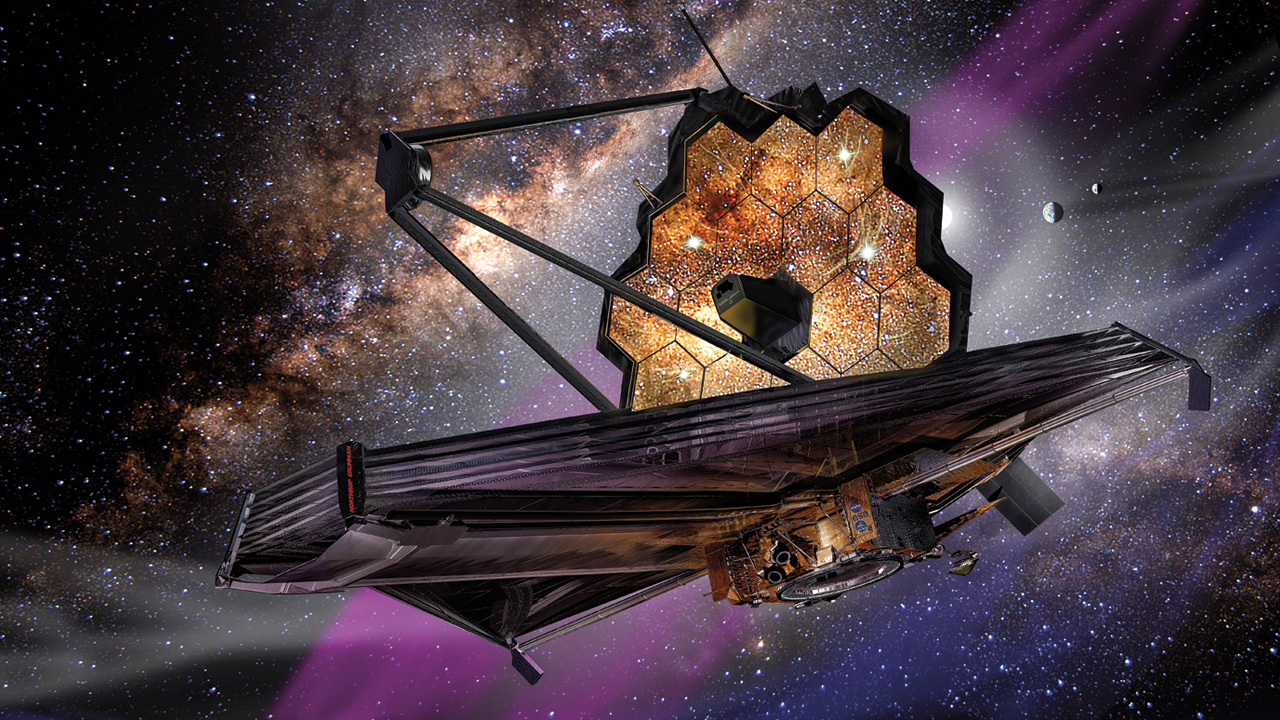
James Webb Telescope to Study Potentially Hazardous Asteroid 2024 YR4
The James Webb Space Telescope (JWST) will soon observe asteroid 2024 YR4, which scientists have classified as a potentially hazardous object. This asteroid, discovered in December 2024, has a 2.3% chance of colliding with Earth in December 2032. To understand the risk better, JWST has been granted emergency observation time to measure the asteroid’s size more accurately.
Why Is JWST Observing Asteroid 2024 YR4?
Current estimates from the European Space Agency (ESA) suggest that 2024 YR4 is about 55 meters wide. However, this measurement is uncertain because ground-based telescopes only use reflected sunlight to estimate its size. If the asteroid’s surface is shiny, it could be as small as 40 meters. If it is darker, it could be as large as 90 meters. Such differences in size could greatly affect the potential impact damage.
JWST will use its advanced infrared sensors to measure the asteroid’s heat emissions. This method is more accurate because it directly measures the object’s thermal properties rather than relying on reflected light.
When Will JWST Observe the Asteroid?
The JWST observations are scheduled for March and May 2025. The first session will capture data when the asteroid is at its brightest, and the second will observe it from a different angle as it moves away from the Sun. These observations will use four hours of the telescope’s special emergency time, which is reserved for urgent scientific research.
Why Are These Observations Important?
The results from JWST will help scientists refine their models of the asteroid’s size and potential impact consequences. ESA has stated that the data will be shared publicly once processed. This research is crucial for improving planetary defense strategies and preparing for any future threats from near-Earth objects.
What Could Happen if It Hits Earth?
Asteroids of this size can cause serious regional damage. For example, the Tunguska event in 1908, which flattened 80 million trees in Siberia, was caused by an asteroid of a similar size. Although an impact from 2024 YR4 would not cause mass extinction, it could cause widespread destruction if it strikes a populated area.
Final Thoughts
With JWST’s powerful infrared technology, scientists hope to better understand the risks posed by asteroid 2024 YR4. This research is a reminder of the importance of tracking space objects that could potentially threaten our planet.
References:
- Gadgets 360 Staff. James Webb Telescope to Study Potentially Hazardous Asteroid 2024 YR4. Gadgets 360. 13 February 2025.
- European Space Agency (ESA) Reports on Near-Earth Objects and Planetary Defense.



Leave a Reply